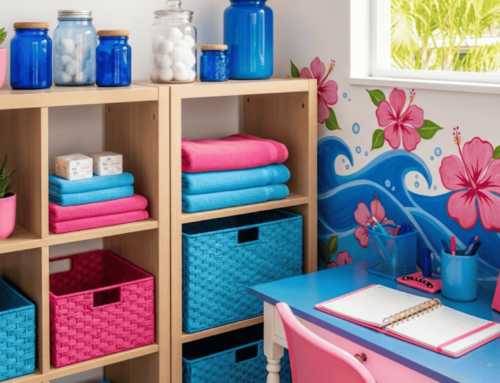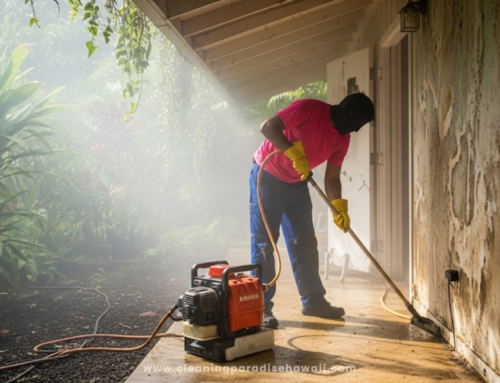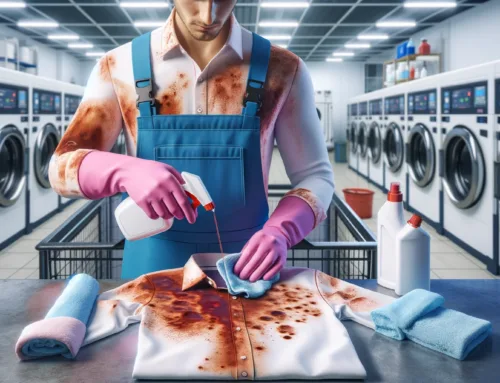
Slime is a big hit with kids these days. Whether it’s homemade, store-bought, or part of a fun craft project, slime offers endless hours of entertainment. However, one thing parents and homeowners can agree on is that cleaning slime from different surfaces can be a major challenge. And when you live in a place like Hawaii, where humidity and tropical conditions can complicate things, it’s even more important to know how to clean slime effectively.
In this guide, we’ll break down everything you need to know about how to clean slime in Hawaiian homes, from removing slime from clothes to tackling messes on furniture, carpets, and even beach gear. Whether you’re dealing with a slime disaster indoors or outside, these tips will help you keep your home clean, without compromising on fun.
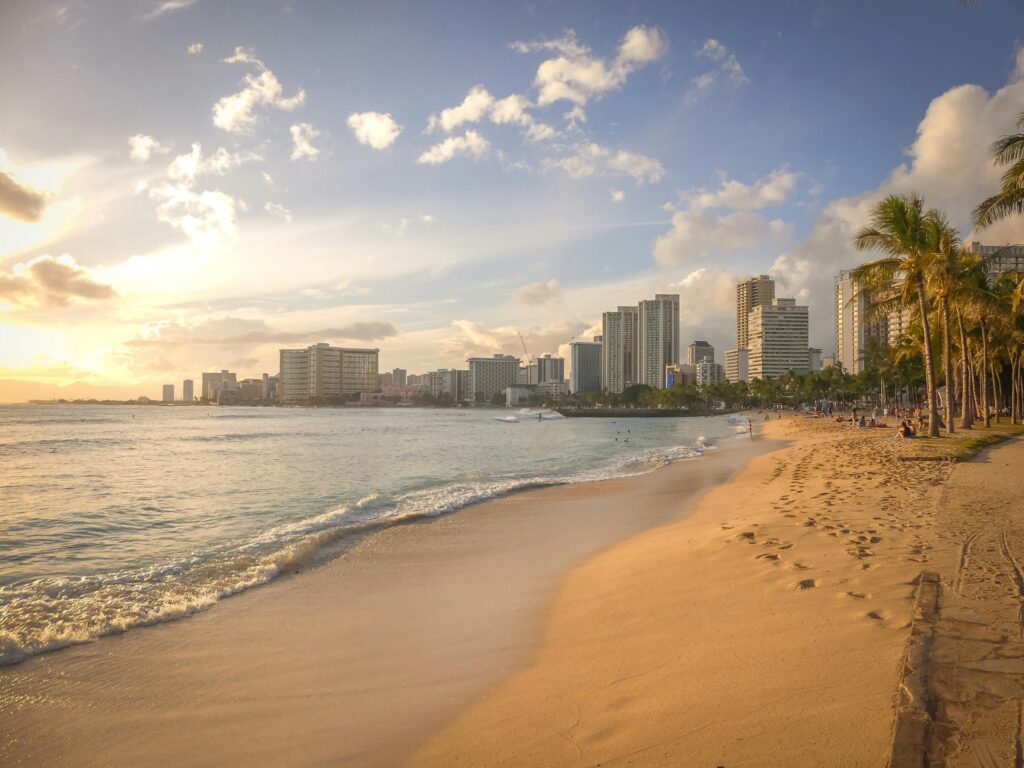
Why Cleaning Slime in Hawaii is Different
Hawaii’s warm, humid environment makes slime cleanups more challenging than they might be in drier climates. The combination of heat and moisture can cause slime to set into fabrics and surfaces more quickly. Additionally, the materials commonly found in Hawaiian homes—such as bamboo, wicker, and certain types of upholstery—can absorb slime and moisture more easily than traditional materials.
That’s why it’s important to address slime messes immediately, and why knowing how to clean slime in a tropical environment is crucial for preventing long-term stains and damage. Let’s take a look at the best methods for cleaning slime from the common surfaces you’ll encounter in your Hawaiian home.
How to Clean Slime from Clothes in Hawaii
Slime on clothes is probably one of the most common (and frustrating) occurrences for parents, especially in Hawaii’s humid environment. If slime stains are not treated quickly, they can become permanent. Fortunately, there are several methods to remove slime from clothes without causing damage.
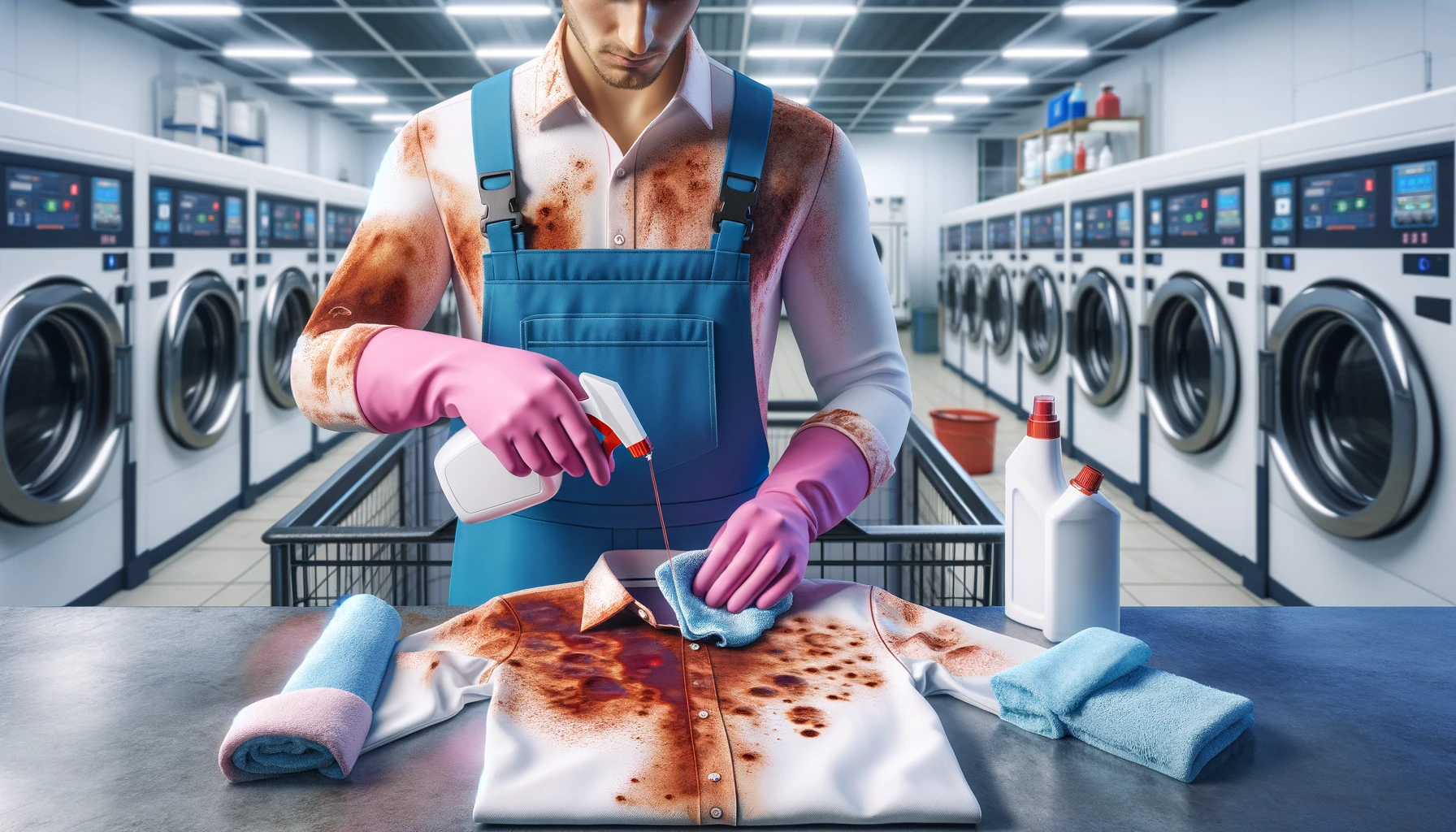
Step-by-Step Guide to Cleaning Slime from Clothes:
- Scrape off Excess Slime: Begin by removing as much slime as you can using a plastic spoon or a blunt knife. Be careful not to rub the slime into the fabric; scraping gently is the best way to avoid further spreading.
- Rinse with Cold Water: Once you’ve removed the excess slime, hold the stained area under cold running water. The cold water helps to break down the slime and prevent the stain from setting into the fabric. Avoid using hot water, as this could make the slime residue more difficult to remove.
- Apply Dish Soap: Dish soap is an excellent tool for cutting through sticky slime. Apply a small amount of dish soap directly to the stain and rub it in gently. You can use your fingers or a soft brush to help break down the slime further.
- Launder as Usual: After treating the slime stain, wash the clothing according to the care instructions on the label. Use a regular wash cycle, but don’t dry the clothing until you’re sure the slime stain is completely gone. The heat from the dryer can set the stain permanently.
- Air-Dry Clothes: Given Hawaii’s humid climate, it’s best to air-dry your clothes rather than using a dryer, especially if you live in a coastal area where moisture levels are higher. Hang the clothes outside in direct sunlight to speed up the drying process.
How to Clean Slime from Furniture and Upholstery in Hawaii
Slime on furniture is particularly tricky because fabrics can absorb the slime, making the cleaning process more involved. Upholstery, cushions, and other fabric-based furniture items in Hawaii are often exposed to moisture, which can make slime messes harder to manage. However, with the right techniques, it’s possible to clean slime without ruining your furniture.
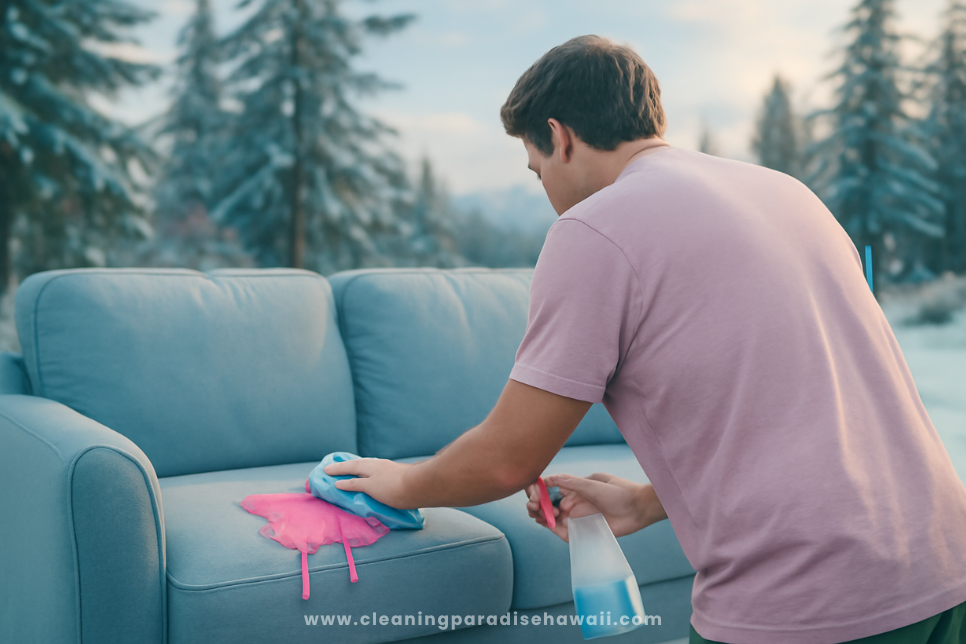
Step-by-Step Guide to Cleaning Slime from Furniture:
- Blot the Slime: First, use a clean cloth or paper towel to blot as much of the slime as you can. Don’t rub the slime into the fabric—just gently blot to lift it off the surface. Be patient, as this step is crucial for removing the excess slime without spreading it.
- Make a Cleaning Solution: Mix a small amount of dish soap with warm water to create a soapy solution. Dish soap is effective in breaking down the sticky components of slime, and it’s safe for most fabrics.
- Dab the Stain: Dip a soft cloth or sponge into the soapy water and gently dab the slime-stained area. Work from the outside edges toward the center to avoid spreading the slime further.
- Rinse with Clean Water: Once the slime is removed, rinse the stained area with a clean, damp cloth to remove any soap residue. Be sure not to soak the fabric, as excessive moisture can damage certain types of upholstery, especially in Hawaii’s humid environment.
- Dry the Upholstery: Use a fan or a dehumidifier to help dry the upholstery more quickly. Humidity in Hawaii can make fabric take longer to dry, so using a fan will help prevent any mildew or mold growth.
How to Clean Slime from Carpets and Rugs in Hawaii
Carpets and rugs are notorious for soaking up slime, making it particularly difficult to clean. Hawaii’s climate also adds a layer of difficulty, as the moisture in the air can make carpets take longer to dry, encouraging the growth of mold or mildew if not treated properly.
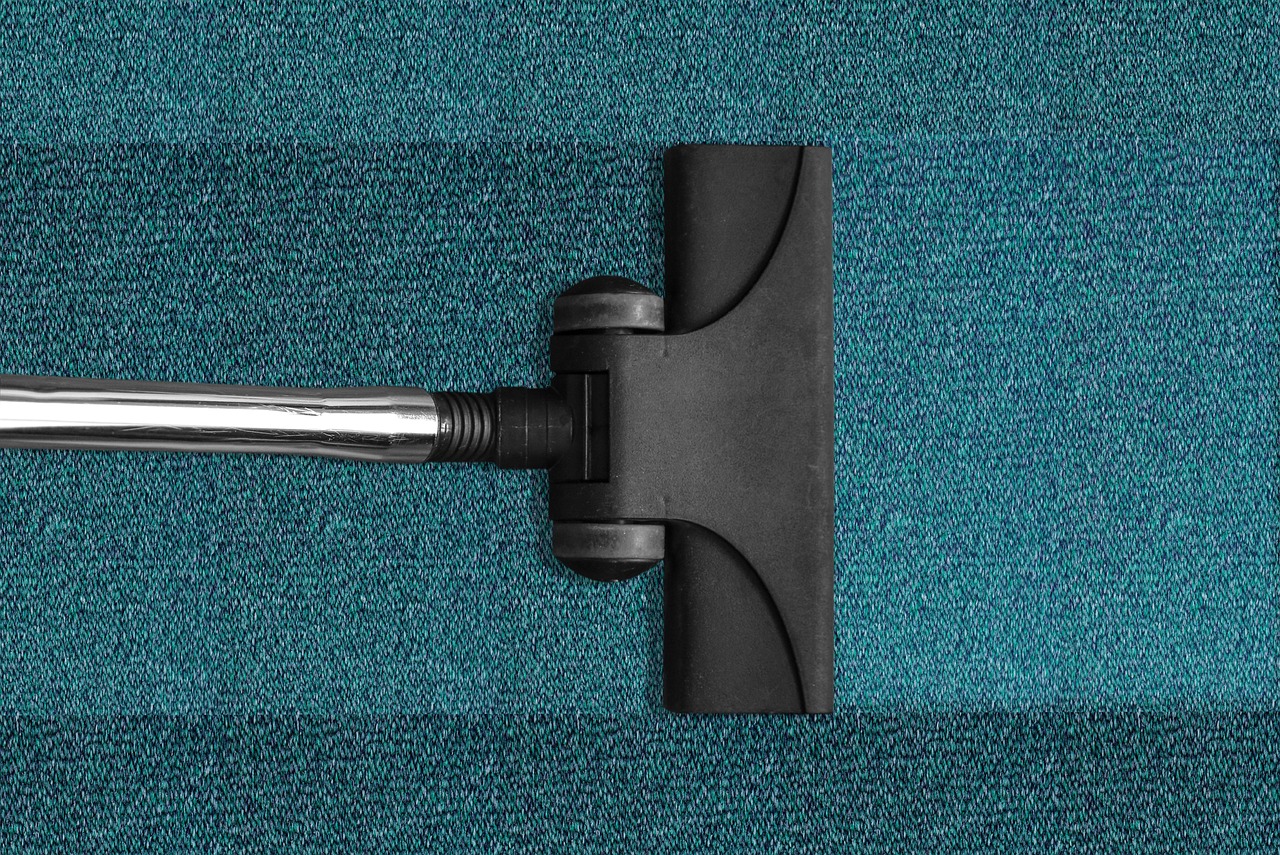
Step-by-Step Guide to Cleaning Slime from Carpets and Rugs:
- Remove Excess Slime: Begin by scraping off as much slime as possible with a plastic spoon or dull knife. Be gentle to avoid pushing the slime deeper into the carpet fibers.
- Vacuum the Area: Once the majority of the slime is removed, vacuum up any remaining debris. This will prevent any slime particles from spreading as you clean.
- Use Baking Soda Paste: Mix a paste of baking soda and water, and apply it to the slime stain. Let the paste sit for about 10-15 minutes. Baking soda is great at absorbing slime and neutralizing any odors that may have developed.
- Scrub Gently: After letting the paste sit, use a soft-bristled brush or sponge to scrub the stained area gently. Don’t scrub too hard, as this could damage the carpet fibers.
- Blot and Rinse: Use a clean cloth to blot the area with cool water, soaking up any remaining slime and baking soda residue. Repeat as needed.
- Dry the Carpet: Hawaii’s humidity means your carpet might take longer to dry. Consider using a fan or a dehumidifier to speed up the drying process and prevent mold growth.
How to Clean Slime from Beach Gear in Hawaii
Beach trips are a big part of life in Hawaii, and slime can easily end up on your beach towels, swimsuits, and toys. Here’s how to clean slime from your beach gear without any hassle.
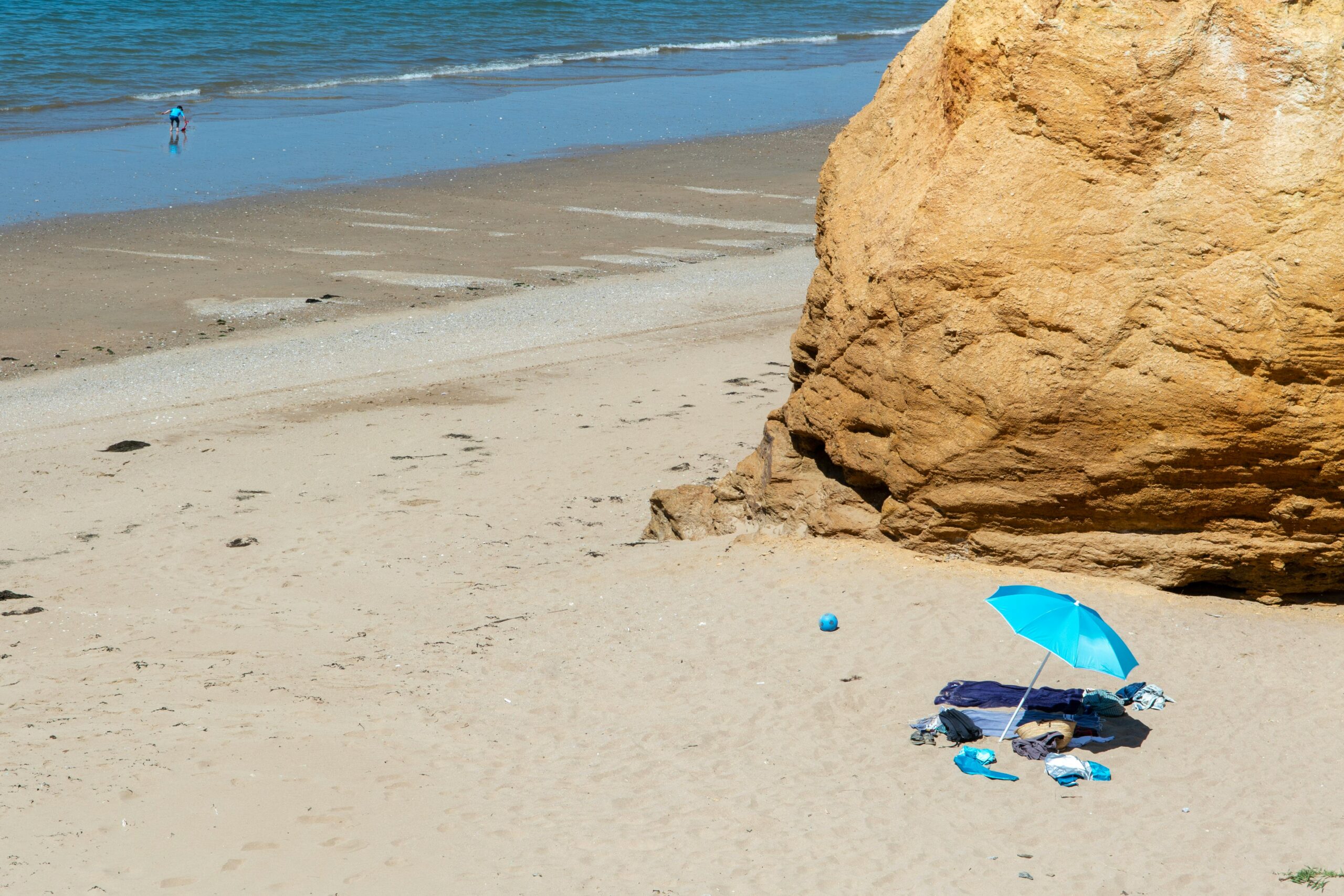
Step-by-Step Guide to Cleaning Slime from Beach Gear:
- Rinse Immediately: If slime gets on your towels, swimsuits, or beach toys, rinse them with cold water immediately to prevent the slime from setting.
- Use Dish Soap for Swimsuits and Towels: Apply a small amount of dish soap directly to the slime stain on your beach towels or swimsuits. Gently rub it in with a sponge or cloth to break down the slime.
- Wash Thoroughly: After treating the stain, wash your towels and swimsuits according to the fabric care instructions. Make sure the slime is completely gone before putting them in the dryer.
- Clean Beach Toys: If slime ends up on your beach toys, wash them thoroughly with a mild soap solution, and rinse them with water. Let them air dry in the Hawaiian sun.
Eco-Friendly Ways to Clean Slime in Hawaii
Hawaii’s commitment to sustainability makes it a great place to implement eco-friendly cleaning practices. If you want to clean slime without resorting to harsh chemicals, try these natural methods.
- Vinegar and Baking Soda: Mixing vinegar with baking soda creates a powerful, natural cleaner that can break down slime without harming your surfaces. It’s also environmentally friendly.
- Essential Oils: Adding a few drops of essential oils like lemon or tea tree oil can help cut through the slime’s stickiness while leaving your home smelling fresh.
- Use Non-Toxic Cleaners: Opt for non-toxic, biodegradable cleaning solutions to clean slime from surfaces. These options are not only safer for the environment but also gentler on your family’s health.
How to Prevent Slime Messes in Your Hawaiian Home
The best way to deal with slime is to prevent it from becoming a mess in the first place. Here are some tips to keep slime under control:
- Create a Slime Station: Set up a designated area for slime play. Use old sheets or tablecloths to protect surfaces, and always clean up after playtime to prevent slime from spreading throughout the house.
- Store Slime Properly: Keep slime in sealed containers when it’s not in use to prevent it from drying out or creating messes on surfaces.
- Establish a Cleaning Routine: Encourage kids to clean up immediately after using slime. Having a quick cleaning routine can help reduce the amount of mess that accumulates over time.
Conclusion
Now that you know how to clean slime in Hawaii, you can tackle those sticky situations with confidence. Whether it’s slime on clothes, furniture, carpets, or beach gear, these methods will help you keep your home clean and slime-free. Don’t forget to opt for eco-friendly solutions to protect both your home and the beautiful Hawaiian environment.
By acting quickly, using the right cleaning products, and maintaining a proactive approach to slime cleanup, you can continue to enjoy slime fun without the stress of messy cleanups. You can also get the consultancy from our experts. Happy cleaning!



